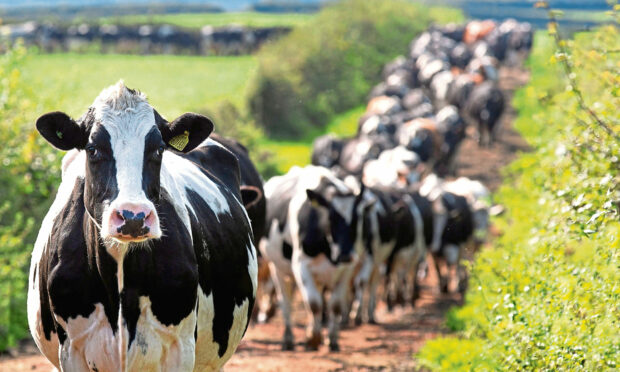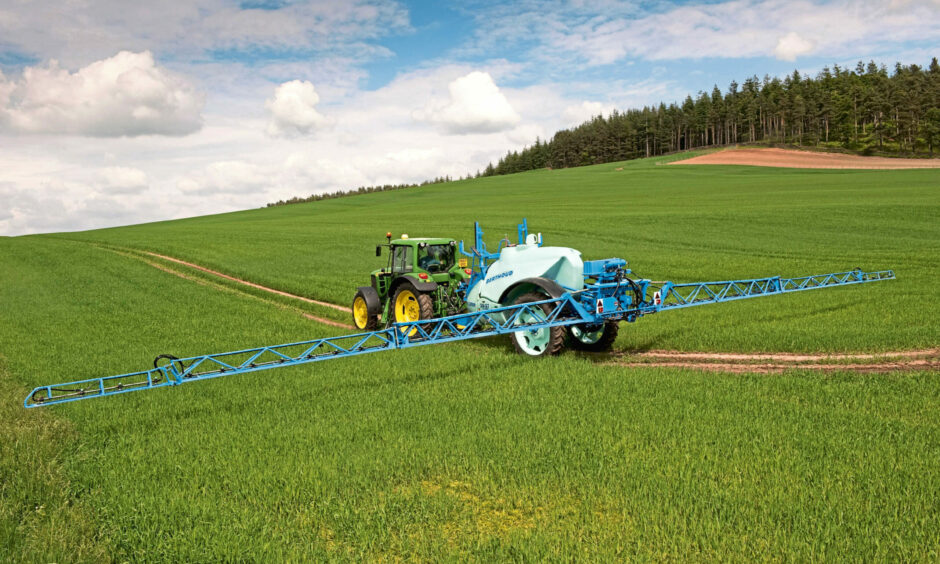The EU’s Outlook report for farming and food presents a picture of an industry under pressure and warns of a slowdown in production growth and, in some cases, a decline.
The industry has been hit by record rises in input costs and these have driven food-price inflation.
It says this was coupled with more extreme weather events as a result of climate change.
Speaking at the EU’s annual Outlook conference, farm commissioner Janusz Wojciechowski said that, if the EU was to have a resilient food system, key issues in agriculture must be tackled.
These include the decline of family farms and a worsening age profile, despite attempts to tackle this though the Cap.
Describing the results as a “wake up call” for member states, he said the Cap gave them tools to support farming communities to deliver sustainable food.
He said Brussels had worked with member states to develop new Cap plans and that the focus now needs to be on full implementation.
After two years of online conferences, it was good to be back in person for this year's #AgriOutlook.
Once again the European Commission welcomed farmers, researchers, activists and agriculture experts from all around Europe to discuss the future of our food system 🇪🇺🌱 pic.twitter.com/kGOKmroYCi
— EU Agriculture🌱 (@EUAgri) December 9, 2022
Arable
The report covers the period from now to 2032 and looks at arable, dairy and meat. This year there is a new focus on food security.
On arable it says the crop area will decrease marginally by 2032, driven by a fall in barley and maize.
The EU will remain a net exporter of wheat and barley and a net importer of maize and rice.
Food consumption of cereals in the EU will increase by 3.9%, but as feed use declines, domestic use in Europe will be static.
On oilseed the report says production will rise by 9.3% by 2032.
This will be largely down to increased yields. It says imports of oilseeds and protein crops will fall as the EU produces more pulses and soya.
Livestock
The report says green farming practice will impact development in the dairy sector.
This favouring of extensive farming as part of the EU’s green drive will lead to a decline in dairy herds and a fall of EU milk production of 0.2% a year.
But the report claims this will not jeopardise the EU’s position as the largest global dairy trader.
Dairy consumption in Europe is deemed mature and should remain stable, although cheese is forecast to continue growing.
Skimmed milk powder production will slow in the face of global competition.
Whole milk powder could fall due to losses in export trade. On meat the report says sustainability will play an increasingly prominent role in markets.
EU dairy herds are expected to decline, leading to a decrease of #milk production by 0.2% per year by 2032.
However, this will not jeopardise the EU’s position as the largest global dairy supplier.
– @EUAgri's analyst @andreacapkovic presents the #AgriOutlook for milk & dairy pic.twitter.com/N4E6RZlpPX
— EU Agriculture🌱 (@EUAgri) December 9, 2022
It claims meat production will be more efficient and environmentally friendly, with organic and extensive systems growing.
Consumption in the EU is expected to decline, with beef hit hardest and pigmeat partly substituted by poultry. Poultry is the only sector where production and consumption is due to rise.
Food Security
This is the issue of the moment, with Brussels in the final stages of a report on factors driving food security.
That should emerge early in the new year. For now the Outlook report uses a selected set of indicators including self-sufficiency, trade, and household expenditure on food.
The report says the EU is and will remain self-sufficient in most products. It also generates surpluses, for export, particular wheat and dairy products.
Due to climate the EU will remain reliant on imports for goods such as tropical fruit, rice and soya.
The current record food inflation rates are not expected to hit the share of household expenditure on food.
Consumers are likely to adjust spending habits to more basic products. The report warns that the recent economic crises are driving social inequalities.

